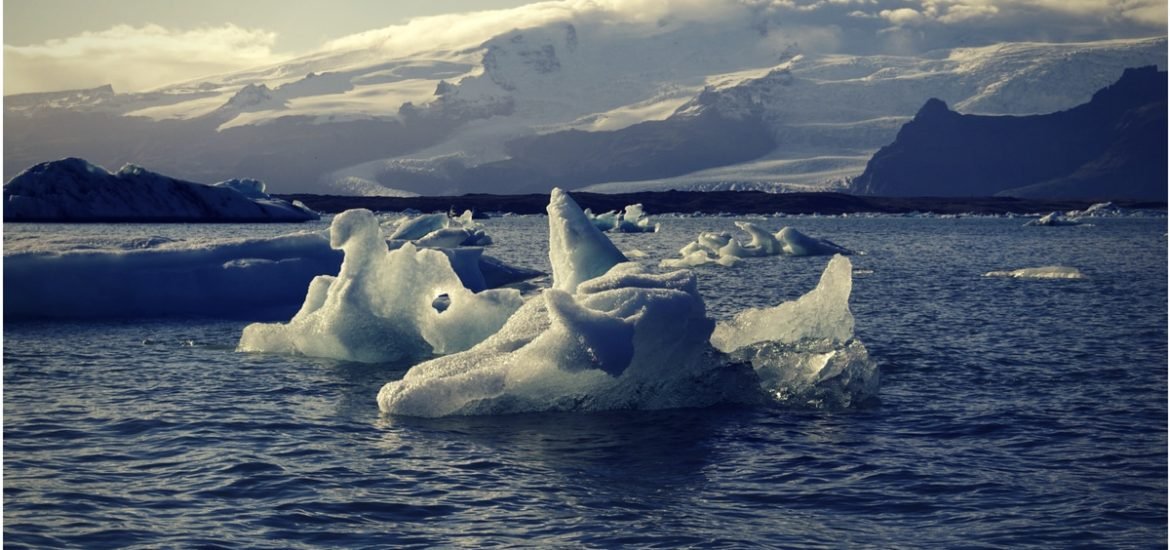
A new study has amassed and analyzed four decades of satellite data – from 1979 to 2016 – to confirm that humans are in fact altering the seasonal cycles and influencing climate change (1). Previous studies revealed the effects of global warming on animal migration, shrinking glaciers (2), and increased forest fire risk, but this is the first study to analyze temperature changes in the earth’s low atmosphere (troposphere).
The results published on July 20th in Science, a leading scientific journal, indicate that the likelihood of these drastic changes observed over the past four decades being the result of natural climate change is only about five in a million. The so-called “fingerprint study” used patterns to differentiate the influence of human and natural factors on climate change.
To determine the extent of human influence, climate models were generated and seasonal temperature cycles from 1979 to now were compared. Pre-industrial revolution simulations were used to estimate the range of natural variability in the climate and based on differences between this model and the complete model, the “human-caused signal” was isolated.
By tracking the magnitude of the annual cycle of seasons – the difference between the coldest winter months and warmest summer months – distinct regional patterns were revealed. Based on the model, the largest of these changes was observed in the Northern Hemisphere, with an increase of about 0.4 °C, mainly attributed to summer temperatures rising more quickly.
In addition, very little changes occur in the tropics, and smaller swings happen in the Antarctic. Moreover, less variable seasonal cycles around India and Southeast Asia were also correctly predicted by the models. The only mismatch between the satellite data and the model was in the Arctic region.
Dr. Benjamin Sauter, the lead author of the study and an atmospheric scientist at the Lawrence Livermore National Laboratory in California, says, “In the biological world, lots of people have been looking for and finding these changes, so we decided to take a look at the satellite data.” He also surmises that “what we see is profound evidence of the human impact on climate, not only in the annual temperatures but also in the seasonal cycle.”
The conclusions of the study suggest the best explanation for these results is that basic physical mechanisms are driving large-scale changes, however, in relation to the tropospheric temperature, a human-caused signal is now evident in the seasonal cycle.
While the study does not solve any of the major problems associated with climate change, it does provide additional evidence that humans are altering the climate, which may help to counter some of the arguments of climate-change deniers and elicit further action.
(1) Santer, B. D. et al. Human influence on the seasonal cycle of tropospheric temperature. Science (2018). DOI: 10.1126/science.aas8806
(2) White, A. & Copland, L. Area change of glaciers across Northern Ellesmere Island, Nunavut, between ~1999 and ~2015. Journal of Glaciology (2018). DOI: 10.1017/jog.2018.49